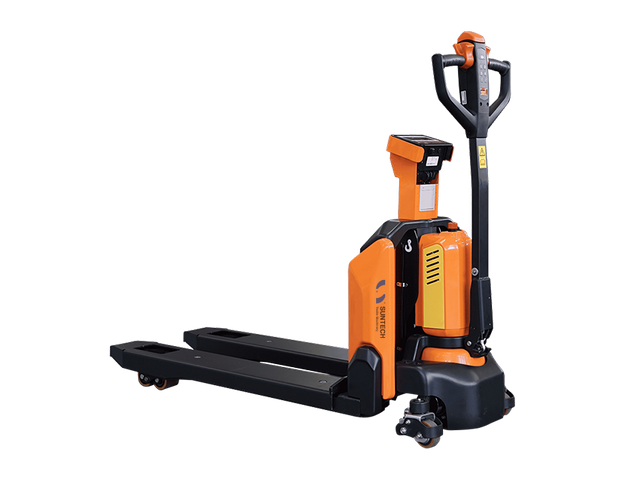Electric stackers have become indispensable in modern warehousing and logistics. As the industry evolves, manufacturers are continually innovating to meet the demands of efficiency, safety, and sustainability. This article delves into the latest trends in electric stacker manufacturing, offering insights into what you need to know to stay ahead in this dynamic field.

1. Emphasis on Sustainability
One of the most significant trends in electric stacker manufacturing is the shift towards sustainability. Manufacturers are increasingly focusing on developing eco-friendly stackers that reduce carbon footprints. This includes the use of recyclable materials and energy-efficient technologies. For instance, the integration of lithium-ion batteries, which are more efficient and have a longer lifespan compared to traditional lead-acid batteries, is becoming more common.
2. Advanced Safety Features
Safety is paramount in the operation of electric stackers. Recent advancements have seen the incorporation of sophisticated safety features designed to protect both the operator and the goods being handled. Examples include automatic braking systems, collision detection sensors, and ergonomic designs that reduce operator fatigue. These innovations not only enhance safety but also improve overall productivity.
3. Automation and Connectivity
The rise of Industry 4.0 has brought about a wave of automation and connectivity in electric stacker manufacturing. Modern stackers are now equipped with smart technologies that allow for remote monitoring and control. This includes the use of IoT (Internet of Things) devices that provide real-time data on stacker performance, enabling predictive maintenance and reducing downtime. Additionally, autonomous stackers that can navigate and operate without human intervention are becoming more prevalent.
4. Customization and Flexibility
In today's fast-paced market, the ability to customize and adapt to specific needs is crucial. Manufacturers are offering more flexible solutions that can be tailored to the unique requirements of different industries. This includes modular designs that allow for easy upgrades and the ability to configure stackers for various applications, from narrow aisle operations to heavy-duty lifting.
Conclusion
The landscape of electric stacker manufacturing is rapidly evolving, driven by the need for sustainability, safety, automation, and flexibility. Staying informed about these trends is essential for businesses looking to optimize their warehousing and logistics operations. By embracing these innovations, companies can enhance efficiency, reduce costs, and stay competitive in an ever-changing market.
As we look to the future, it is clear that the latest trends in electric stacker manufacturing will continue to shape the industry. Whether it's through the adoption of greener technologies, the integration of advanced safety features, or the move towards greater automation and customization, the possibilities are endless. Keeping abreast of these developments will ensure that you are well-equipped to navigate the challenges and opportunities that lie ahead.








